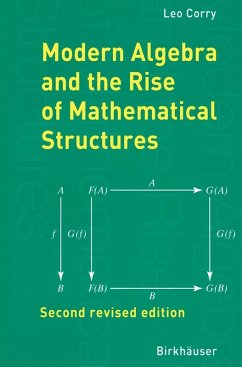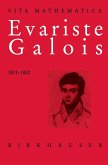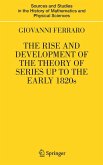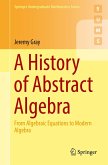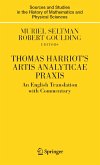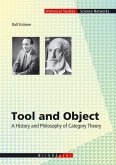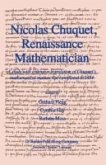First published in the series Science Networks Historical Studies, Vol. 17 (1996).
In the second rev. edition the author has eliminated misprints, revised the chapter on Richard Dedekind, and updated the bibliographical index.
Dieser Download kann aus rechtlichen Gründen nur mit Rechnungsadresse in A, B, BG, CY, CZ, D, DK, EW, E, FIN, F, GR, HR, H, IRL, I, LT, L, LR, M, NL, PL, P, R, S, SLO, SK ausgeliefert werden.

